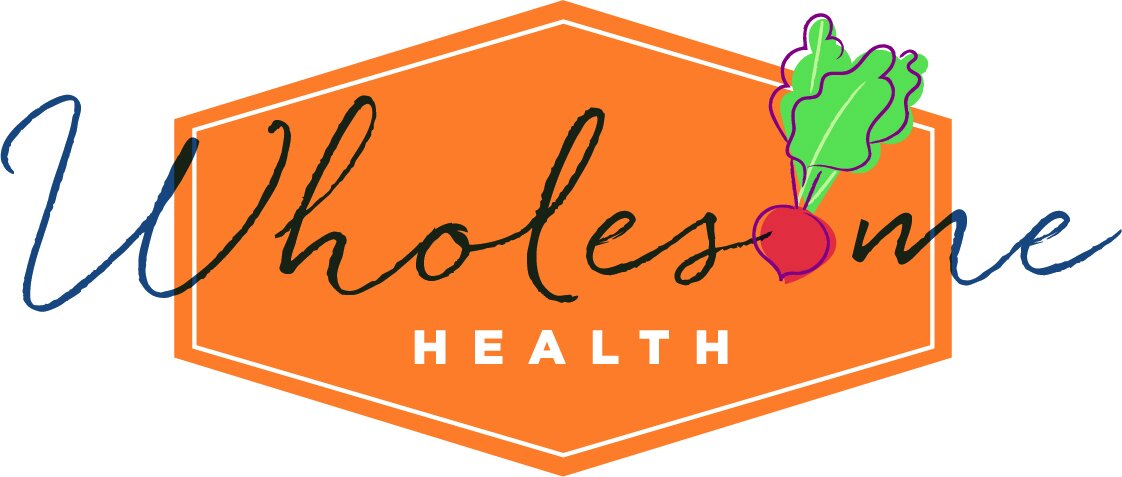Nutrition 101: Protein
Meat is often what comes to mind when thinking of protein, but it is not the only source! Protein is one of six essential nutrients that are required by the body in order to function (be sure to read last week’s post if you are looking for more information about the other five essential nutrients). Today I’ll discuss the function of protein, main sources of it in the diet, and how much we need to eat (hint: it’s a lot less than you may think!).
What does protein do in the body?
Protein is one of three macronutrients, the other two being carbohydrate and fat. Protein is a large molecule made up of hundreds of smaller molecules called amino acids. The combination of amino acids that make up a protein determines its function. Some functions of protein include:
Building and repairing body cells - preserves lean muscle mass
Keeping the immune system strong
Storing and transporting nutrients
Chemically sending messages between cells, tissues, and organs
Maintaining appropriate pH in blood and other body fluids
Maintaining fluid balance
Providing backup energy
Protein and blood sugar
Studies show that protein may help increase satiety and keep us feeling full longer. It does this by balancing blood sugar levels which is especially beneficial for people with prediabetes and diabetes, but also helpful for anyone that wants to feel more satisfied after eating a meal or snack. Eating a meal that contains only carbs (a bagel or bowl of cereal, for example) causes a blood sugar spike followed by a rapid drop which can leave us feeling hungry soon after the meal. Pair the bagel with peanut butter or the bowl of cereal with some scrambled eggs and you will likely feel much more satisfied for longer and possibly even eat less throughout the remainder of the day.
Sources of protein in the diet
Red meats - beef, pork, lamb, veal, venison
Poultry - chicken and turkey
Fish
Milk - cow and soy milk mainly; many non-dairy varieties are actually very low in protein
Yogurt - especially Greek yogurt
Cheese
Vegan sources
Legumes - beans, lentils, peanuts
Nuts & nut butters - almonds, walnuts, pistachios
Soybeans - edamame, tofu, tempeh
Seitan
Nutritional yeast
Many whole grains and vegetables even contain protein! Examples include sweet potato, broccoli, quinoa, and millet.
How much protein do we need?
A standard American diet contains plenty of protein. Too much protein can actually be a bad thing because the body can only use a certain amount and often whatever is consumed over this amount ends up being stored as fat and can lead to weight gain. As discussed above, protein can help fill us up, thus leading to lower calorie intake throughout the day, but portion control is key.
The National Academy of Medicine recommends consuming 0.8 grams per kilogram of body weight per day. For a 210-pound person, this is about 76 grams of protein per day.
Spacing your protein intake throughout the day is helpful. If you are trying to eat around 72 grams of protein for the day, this could look like:
Breakfast - 2 eggs + 1 slice whole grain toast with 1/4 mashed avocado (19 grams protein)
Lunch - 1 cup cooked quinoa + 1/2 cup cooked black beans + 1 cup broccoli roasted in avocado oil (19 grams protein)
Snack - 1/2 cup cottage cheese + 1 cup melon (10 grams protein)
Dinner - 3 oz salmon + small baked sweet potato + green salad (20 grams protein)
Snack - apple + 2 tbsp peanut butter (8 grams protein)
As you can see, protein plays a vital role in keeping the body healthy and functioning as it should. Most people are actually getting more protein than they need, so reducing overall intake or moving towards more plant-based sources of protein is better for the environment and may help with weight loss. You don’t have to give up meat entirely, but consider it more of a side dish rather than the main course. Be sure to come back next week to learn about another essential nutrient, vitamins!




